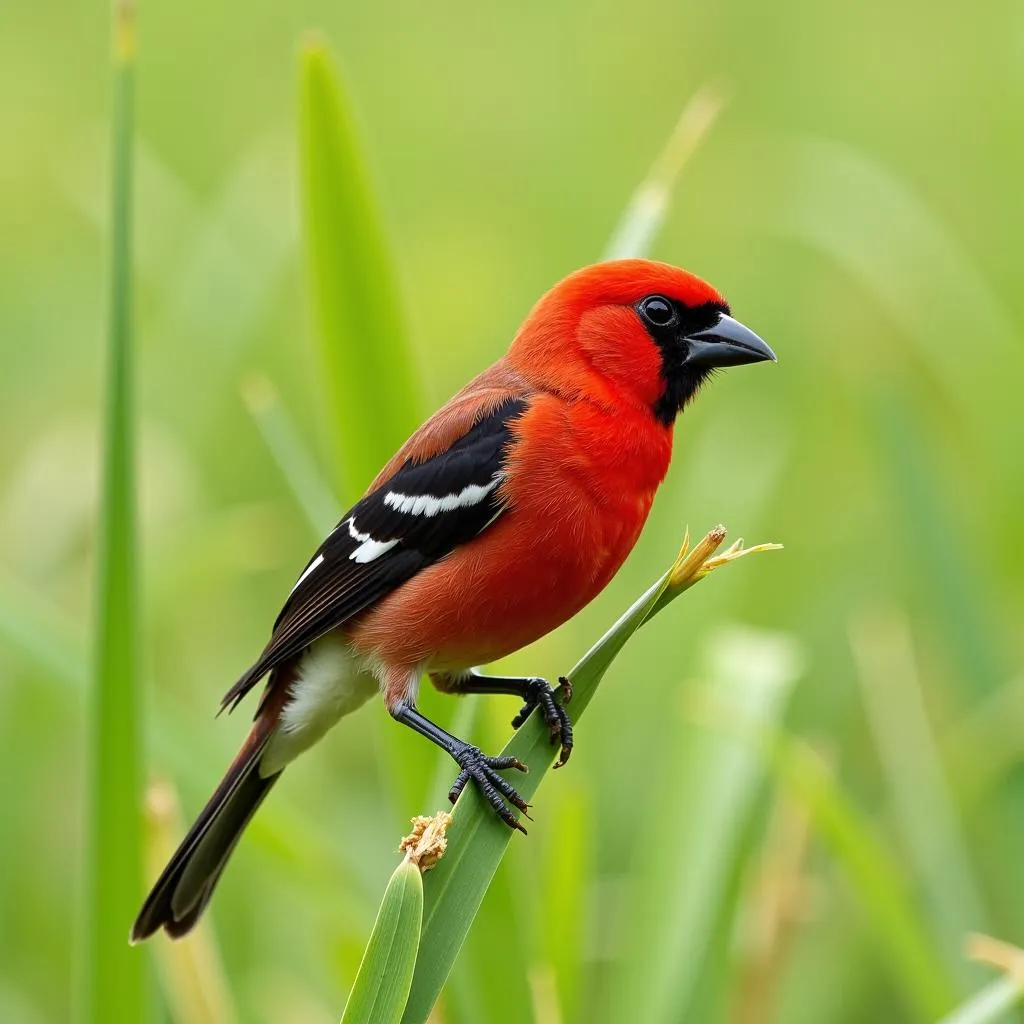Exploring the Indo-African Connection
The Indo-African connection represents a fascinating intersection of cultures, histories, and economies. From ancient trade routes to modern diasporas, the relationship between India and Africa has shaped both continents in profound ways. This article delves into the multifaceted nature of this connection, exploring its historical roots, cultural exchanges, and contemporary dynamics.
The historical ties between India and Africa stretch back centuries, predating European colonization. Trade played a pivotal role, with goods like textiles, spices, and ivory flowing between the two regions. This exchange fostered cultural diffusion, evident in shared architectural styles, linguistic influences, and artistic motifs. After the opening of the Suez Canal, Indian migration to Africa increased, leading to the establishment of vibrant Indian communities across the continent. These communities have played a significant role in shaping the social and economic landscapes of many African nations. See how some of these interactions have manifested in art: African art posters.
The Spice Route and its Legacy
The Spice Route, a network of ancient sea routes connecting the East and West, served as a crucial conduit for Indo-African exchange. Spices, silks, and precious stones from India were highly sought after in Africa, while African ivory, gold, and slaves were traded in return. This vibrant trade facilitated the exchange of ideas, religious beliefs, and artistic traditions. The influence of Indian architecture can be seen in coastal towns of East Africa, reflecting the cultural fusion brought about by the Spice Route.
Cultural Exchanges: Music, Art, and Cuisine
The Indo-African connection extends beyond trade, encompassing a rich tapestry of cultural exchange. Indian musical traditions, particularly those from the coastal regions, have influenced musical forms in East Africa. Similarly, Indian artistic motifs and design elements can be found in African textiles and crafts. The culinary landscape also reflects this intercultural exchange, with Indian spices and cooking techniques becoming integrated into African cuisine. Conversely, African ingredients and flavors have found their way into Indian dishes, creating a unique fusion of culinary traditions.
The Indian Diaspora in Africa
The Indian diaspora in Africa represents a significant aspect of the Indo-African connection. From the early traders to the indentured laborers who arrived during the colonial era, Indians have established thriving communities across the continent. These communities have contributed significantly to the economic development of many African nations, playing a key role in sectors like trade, agriculture, and industry. They have also enriched the cultural landscape of Africa, introducing their traditions, languages, and religious practices. Explore further the artistic expression of this vibrant community: African American art pictures.
Contemporary Indo-African Relations
Today, the Indo-African relationship continues to evolve, marked by growing economic partnerships and diplomatic ties. India has emerged as a major investor in Africa, focusing on sectors like infrastructure, energy, and telecommunications. Both regions face similar challenges, including climate change, poverty, and food security, creating opportunities for collaboration and knowledge sharing. The future of the Indo-African connection hinges on mutual respect, sustainable development, and a continued commitment to cultural exchange. Take a look at some captivating imagery from the continent: beautiful African images.
What are the key historical events that shaped the Indo-African connection?
The Spice Route trade, the opening of the Suez Canal, and Indian indentured labor during the colonial period are key historical events that shaped the Indo-African connection.
How has the Indian diaspora contributed to African society?
The Indian diaspora has contributed significantly to African economies, particularly in trade, agriculture, and industry, while also enriching the continent’s cultural tapestry.
What is the current state of Indo-African relations?
Current Indo-African relations are characterized by growing economic partnerships, diplomatic ties, and collaboration on shared challenges like climate change and poverty. Find more on African art here: African art paintings and prints.
Conclusion
The Indo-African connection is a complex and dynamic relationship with deep historical roots and a promising future. From ancient trade routes to modern partnerships, the interplay between these two regions has shaped both continents in profound ways. As India and Africa continue to navigate the challenges and opportunities of the 21st century, their shared history and cultural ties will undoubtedly play a vital role in shaping their future relationship. You can also delve into the world of wildlife photography here: African lion images.
Need help or more information about Indo African relationships? Contact us 24/7! Phone: +255768904061, Email: kaka.mag@gmail.com or visit us at Mbarali DC Mawindi, Kangaga, Tanzania.
